Looking Way Up at Hana no Iwaya, Japan’s Oldest Shrine which appears in mythology
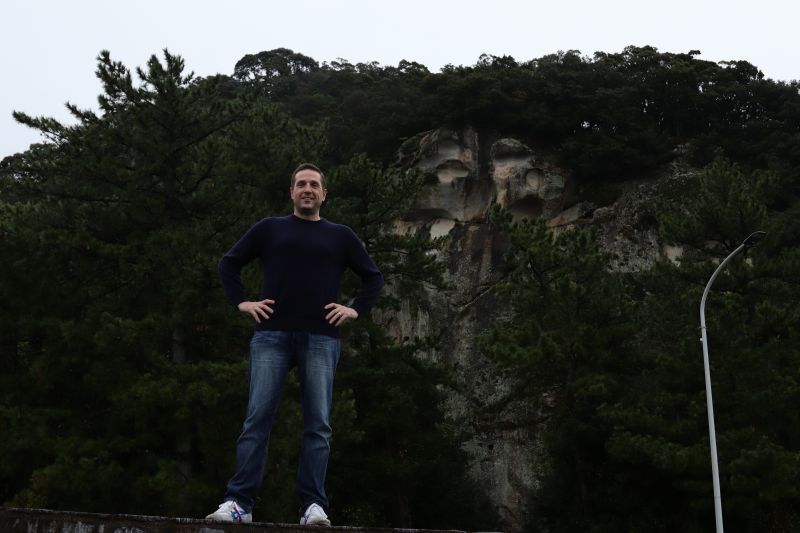
In Kumano City, a small city on the coast of Mie Prefecture with a bustling fishing industry, tourists and worshippers can visit Hana no Iwaya Shrine, which is so revered that it appears in Shinto mythology.
It is Japan’s oldest Shinto Shrine and is dedicated to a massive 45-meter high rock.Twice a year,worshippers participate in a unique festival during which a 170-meter long rope is suspended from the huge sacred rock to a tree. This is called the “Otsunakake Shinji” or rope changing ritual. The shrine is dedicated to "Izanami-no-mikoto" (the mother of the Japanese gods) and "Kagu-tsuchi no-mikoto" (Izanami’s son, the fire god).
About the Author:
I believe travel is an opportunity to feed your soul and I will never stop exploring our amazing planet. Originally from Canada, I now live in Osaka with my family and have learned that Japan is an incredible place for discovering new experiences.
As most people are aware, Japan is home to innumerable shrines and temples with historical and religious significance. The first time I visited Japan about 15 years ago, I enjoyed visiting places of prayer to see how tradition and belief has continued to be a central force in the culture for over 1000 years.
Since I started living here, I usually only visit temples and shrines when my friends and family visit from overseas. However, when I learned about Hana no Iwaya Shrine and that it was believed to be the oldest shrine in all of Japan, I decided to visit while I was in Kumano City. The shrine is written about in the “Nihon Shoki” (“Chronicles of Japan”), which is one of two books that together are considered by some to be a history of the country.
The Nihon Shoki says that Izanami-no-mikoto died from burns she suffered while giving birth to Kagu-tsuchi no-mikoto. She was later enshrined at Hana no Iwaya. At a bi-annual festival known as "Otsunakake Shinji", locals sing and dance with flowers, drums and whistles to worship the soul of Izanami . This celebration of the mother of the Japanese gods has been passed down through generations of worshippers for over 1,000 years.
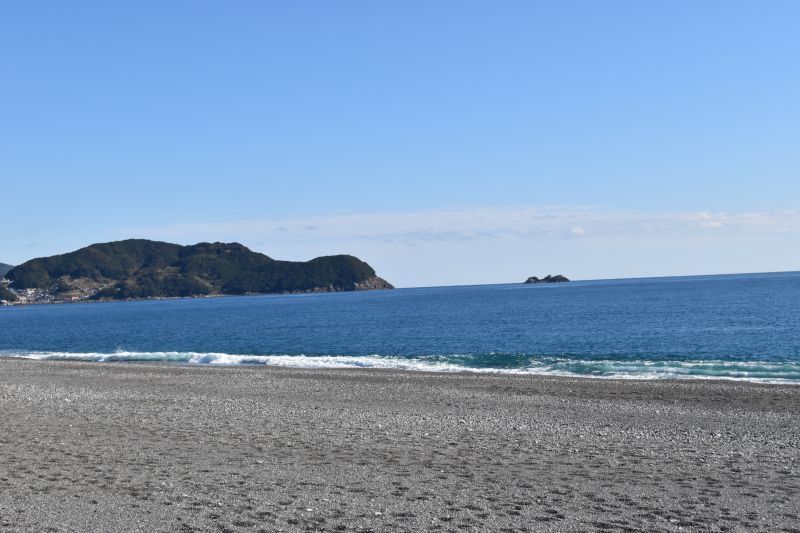
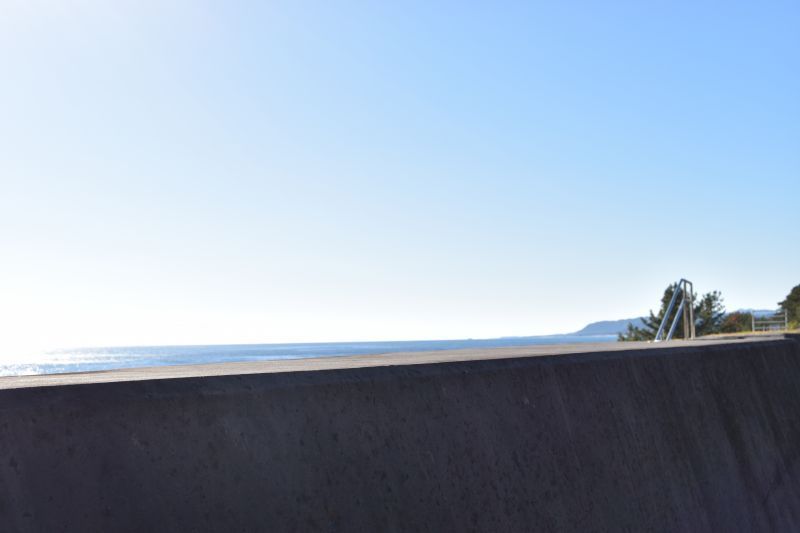

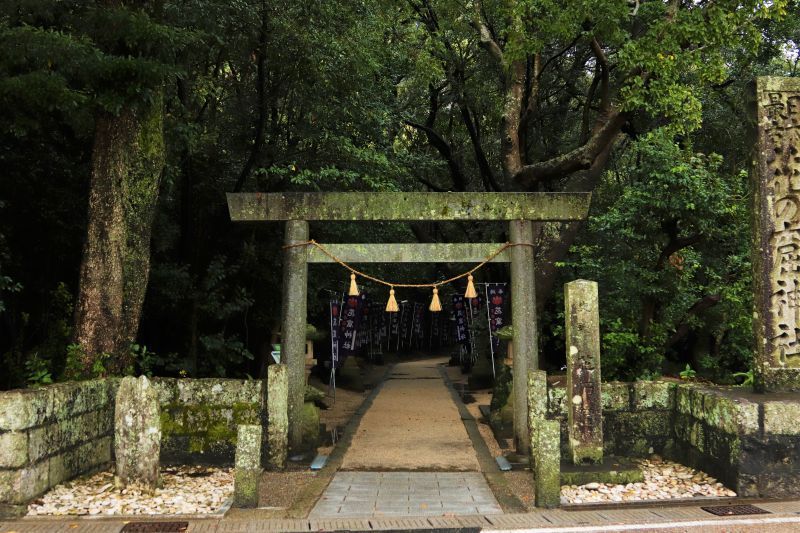
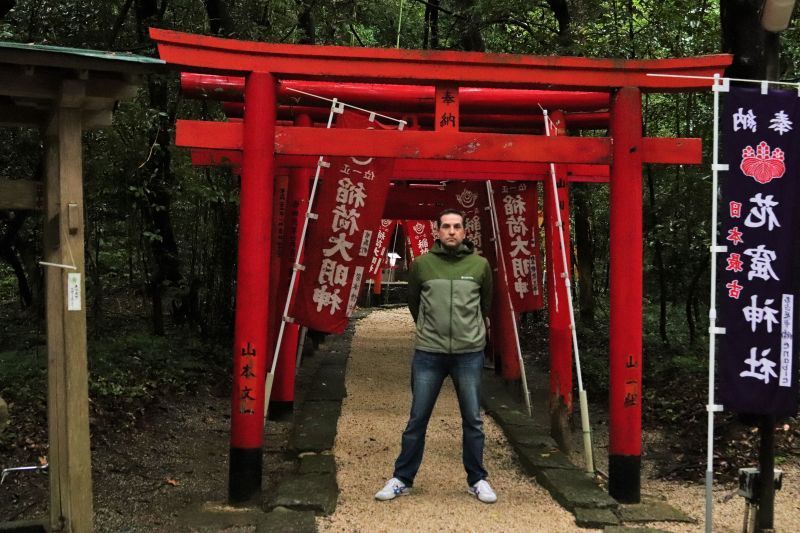
Caption: A side pathway featured brightly painted torii gates.
Just before the shrine itself, visitors can complete the Shinto purification ritual at a water station with an ornate dragon’s head and green bamboo pipes. After that, you pass through the entrance building where you can purchase prayer tokens and other items. A large stone lion statue with eyes and fangs that had been painted a vivid shade of white guarded the entrance. In fact, the entire entrance space and all of the buildings were beautiful and immaculate. Hana no Iwaya is clearly a place of great importance for many Japanese visitors.
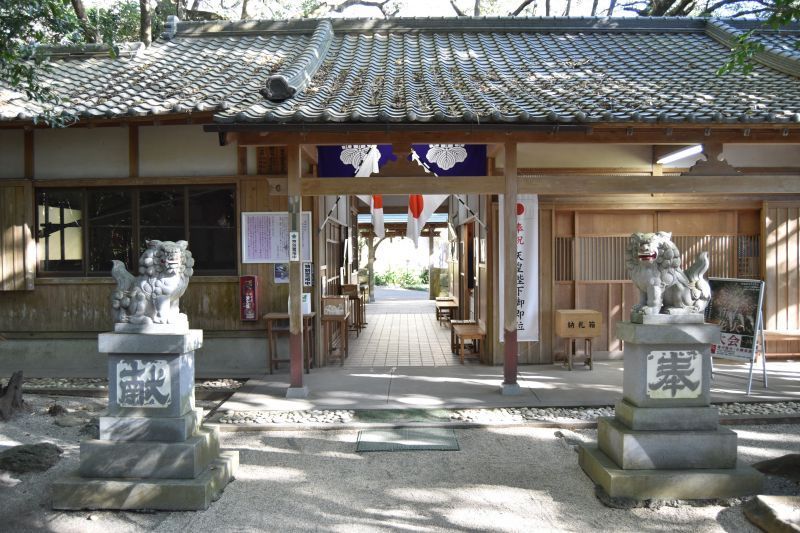
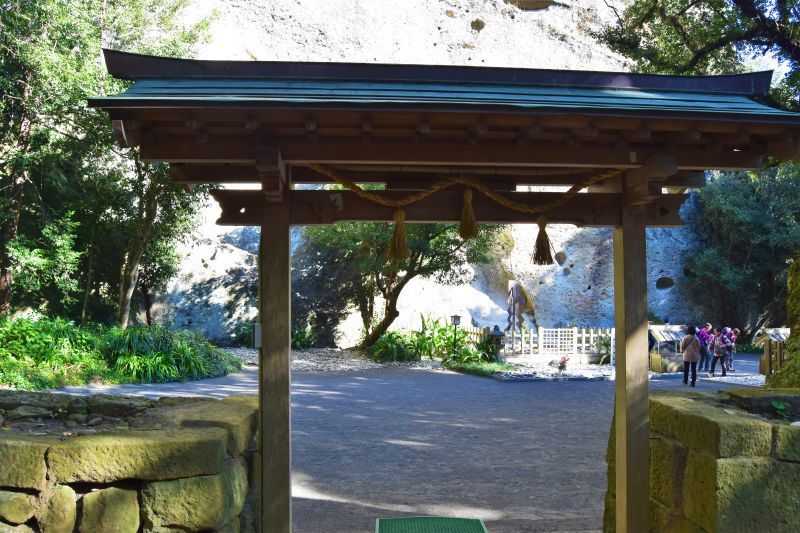
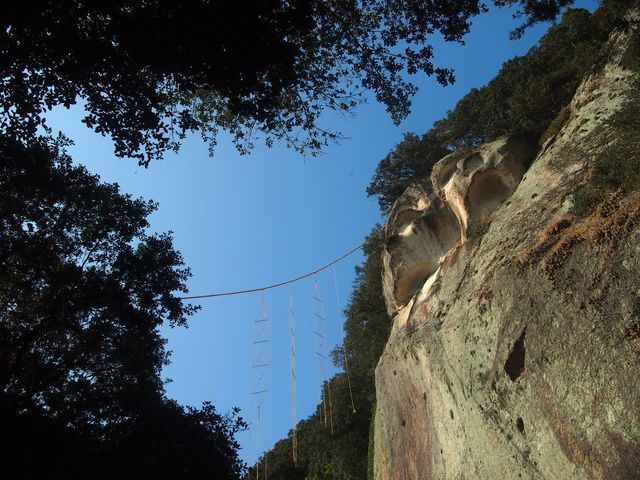
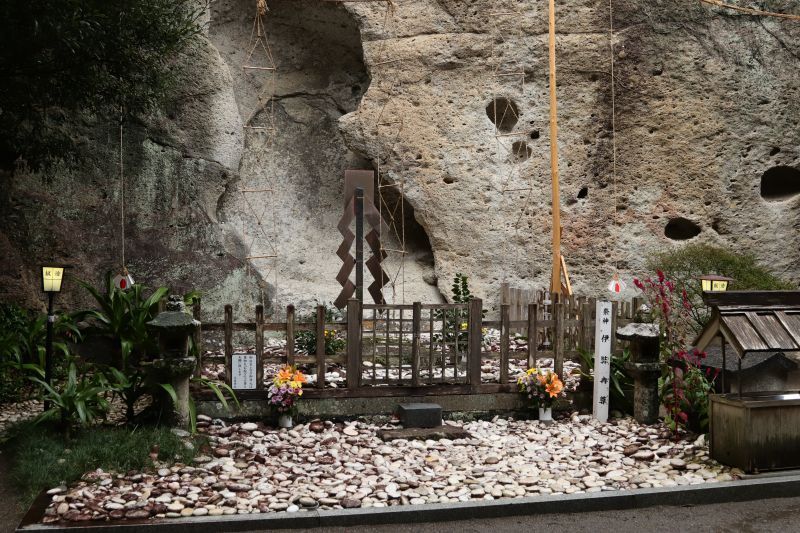
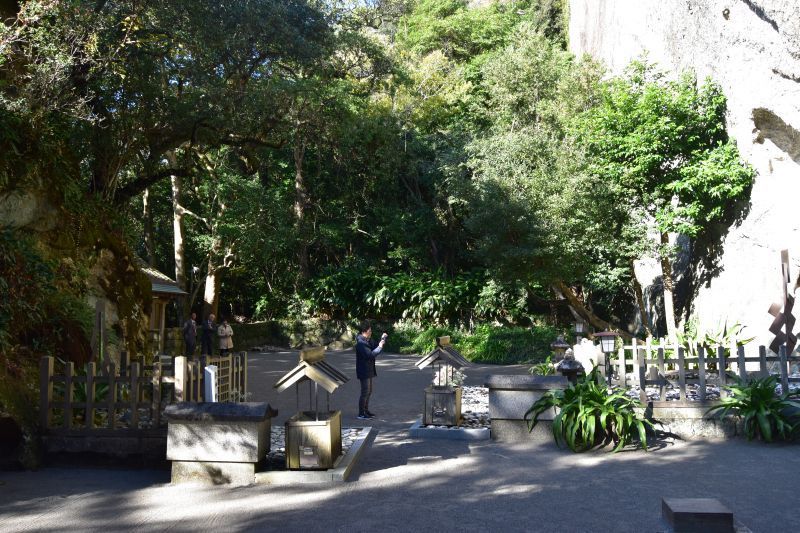
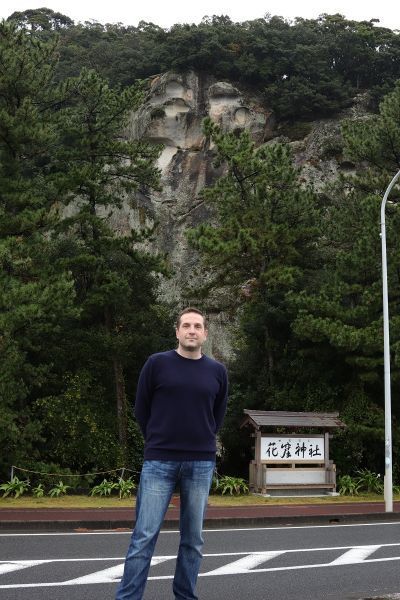
Caption: After my visit to Hana no Iwaya, I enjoyed the ocean view and fresh air of Kumano City.
I crossed over the road back to the beach side and took a deep breath of the fresh air as Hana no Iwaya continued to look out over the trees to the wide-open ocean. As I looked at the beach stretching off into the distance, I felt ready for my next great Japanese experience.